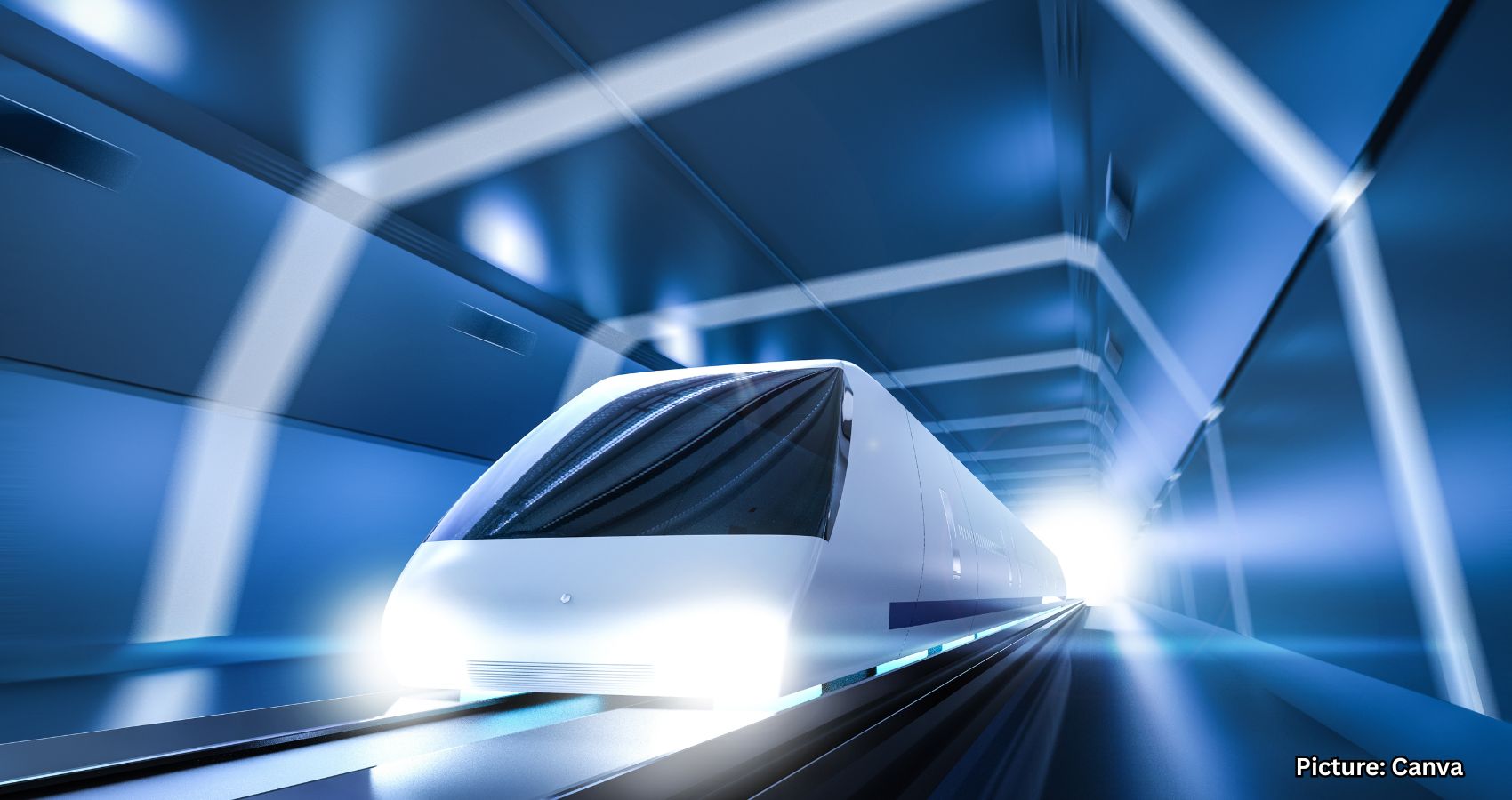A high-speed rail line proposed by Ameristar Rail aims to connect Los Angeles to New York City by May 2026, just in time for the FIFA World Cup.
A proposed high-speed rail project, named “The Transcontinental Chief,” seeks to link Los Angeles to New York City within 72 hours, potentially transforming cross-country travel in the United States. The ambitious plan, proposed to both Amtrak and President Trump, is spearheaded by Delaware-based Ameristar Rail. It aims to utilize existing rail infrastructure rather than undertaking an expensive new public project.
The project intends to leverage tracks owned by Amtrak and other regional rail lines, including routes through major urban centers such as Kansas City, Chicago, and Philadelphia. This innovative approach is designed to sidestep the significant costs associated with constructing new tracks, allowing for a more efficient implementation timeline.
Ameristar Rail plans to fund the venture through private investors, effectively eliminating the need for taxpayer money. The rail service would accommodate both passengers and vehicles, drawing inspiration from Europe’s truck transport trains model. Ameristar Rail’s chief operating officer, Scott Spencer, emphasized the project’s potential in a letter to Amtrak.
According to Spencer, this partnership with the private sector could rejuvenate Amtrak’s long-distance offerings, which have historically been unprofitable, and help enter a new era of rail travel benefitting business ventures and the public. The timing aligns with America’s 250th birthday celebrations in 2026, adding a patriotic dimension to the endeavor.
Projected to commence on May 10, 2026, which coincides with National Train Day, the service is intended to efficiently transport tourists visiting North America for the FIFA World Cup. The tournament will be hosted across the continent, with the finals set at MetLife Stadium in New Jersey.
A significant feature of the proposal is its reliance on private funding, circumventing the need for new congressional legislation or increased federal expenditure. The operation is contingent on securing agreements with host rail operators such as BNSF, Norfolk Southern, and New Jersey Transit, which would facilitate the rail line’s use of existing tracks.
Despite its promising attributes, The Transcontinental Chief proposal has yet to receive an official response from Amtrak, indicating ongoing deliberations or negotiations may be necessary to advance the project from proposal to reality. As discussions continue, the potential for such a transformative infrastructure project remains an intriguing prospect for the future of American rail travel.
The original report of this proposal was highlighted by Newsweek, indicating its significance among proposals presented to the federal administration and transportation authorities.
Source: Original article

